As awareness of microplastic pollution grows, consumers are increasingly seeking practical solutions to reduce their environmental footprint. Among the most discussed innovations is the laundry bag filter, a product designed to capture synthetic fibers released during washing cycles. These tiny plastic particles, often shed from garments made of polyester, nylon, and acrylic, have become a pervasive contaminant in waterways and ecosystems worldwide. The question on many minds is whether these laundry bags offer a genuine solution or merely provide a false sense of security.
The mechanics of laundry bag filters are relatively straightforward. These bags, typically constructed from fine mesh materials, are intended to encase synthetic clothing during washing. As the machine agitates the contents, the mesh traps microfibers that break loose from the fabrics, preventing them from entering the wastewater stream. Proponents argue that this simple intervention can significantly reduce the volume of microplastics discharged from household laundry, which is a major source of such pollution.
Initial studies and independent tests have yielded promising results regarding the efficacy of these devices. Research conducted by environmental organizations has demonstrated that certain high-quality laundry bags can capture a substantial percentage of microfibers—sometimes up to 90% under controlled conditions. This suggests that, when used correctly and consistently, these products have the potential to make a meaningful dent in household microfiber output.
However, the real-world effectiveness of laundry bag filters is not without its complications. The performance of these bags can vary widely based on factors such as mesh density, bag design, washing machine type, and even the characteristics of the clothing being washed. Some critics point out that cheaper or poorly designed bags may allow smaller microfibers to escape, undermining their intended purpose. Moreover, the bags themselves require proper maintenance and disposal of captured fibers, which introduces another layer of consumer responsibility.
Another critical consideration is the scale of the problem relative to the solution offered. While laundry bags can reduce microfiber release from individual households, they address only one contributor to microplastic pollution. Other sources, including tire wear, plastic degradation, and industrial processes, continue to release massive quantities of microplastics into the environment. Therefore, while beneficial, laundry bags are not a silver bullet but rather a single tool in a broader arsenal needed to combat this complex issue.
Consumer behavior plays a pivotal role in the success of any microfiber mitigation strategy. For laundry bags to be effective, users must adopt them consistently and correctly—factors that are often influenced by convenience, cost, and awareness. If the bags are perceived as cumbersome or inefficient, adherence may wane, diminishing their overall impact. Education and accessibility are thus essential components in maximizing the potential of this solution.
The long-term sustainability of laundry bag filters also warrants examination. Most of these products are made from synthetic materials themselves, which raises questions about their lifecycle environmental impact. If not produced, used, and disposed of responsibly, they could contribute to the very problem they aim to solve. Innovations in biodegradable or recyclable filter materials may help alleviate these concerns, but such advancements are still in developmental stages.
In conclusion, laundry bag filters represent a pragmatic and accessible step toward reducing microplastic pollution from household laundry. Evidence indicates that they can be effective when designed well and used properly, offering consumers a direct way to minimize their environmental impact. However, their efficacy is contingent on multiple variables, and they should be viewed as part of a comprehensive approach that includes better fabric design, improved wastewater treatment, and broader policy measures. As research continues and technology evolves, these filters may become an even more robust component of the solution to microfiber pollution.
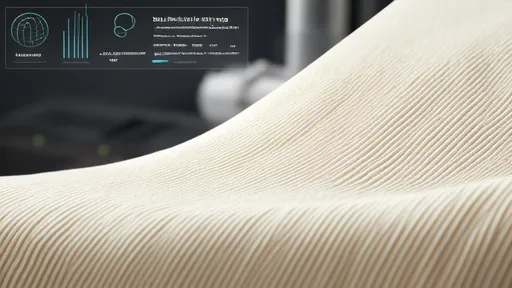
By /Aug 21, 2025

By /Aug 21, 2025
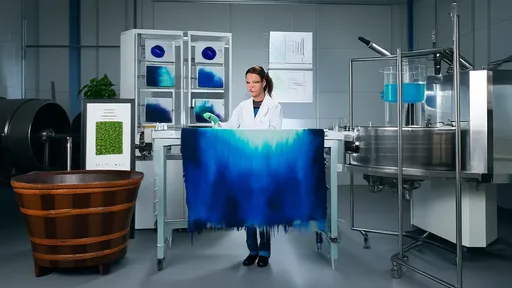
By /Aug 21, 2025
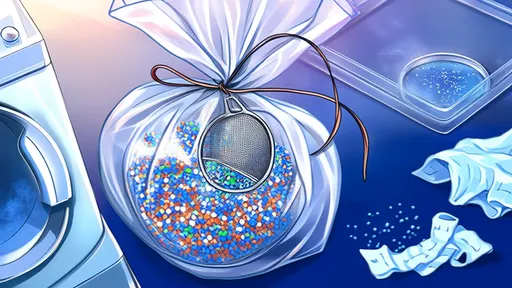
By /Aug 21, 2025

By /Aug 21, 2025

By /Aug 21, 2025

By /Aug 21, 2025

By /Aug 21, 2025

By /Aug 21, 2025

By /Aug 21, 2025

By /Aug 21, 2025
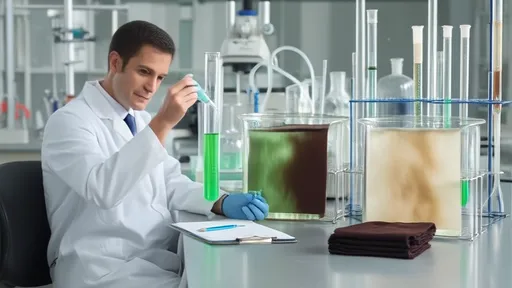
By /Aug 21, 2025
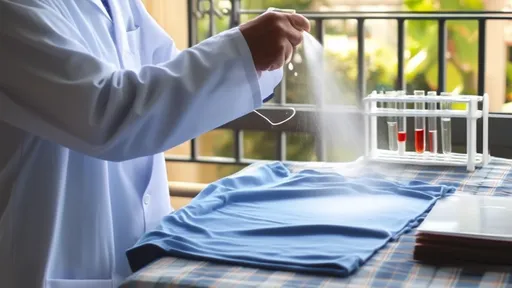
By /Aug 21, 2025
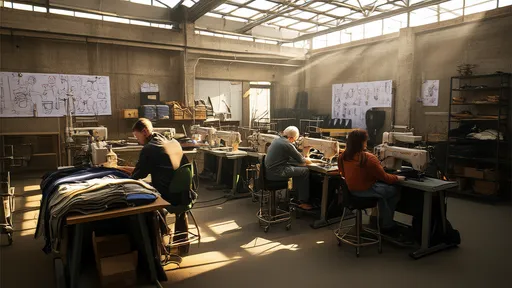
By /Aug 21, 2025
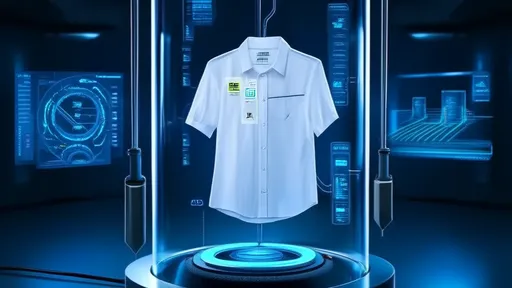
By /Aug 21, 2025

By /Aug 21, 2025

By /Aug 21, 2025

By /Aug 21, 2025

By /Aug 21, 2025
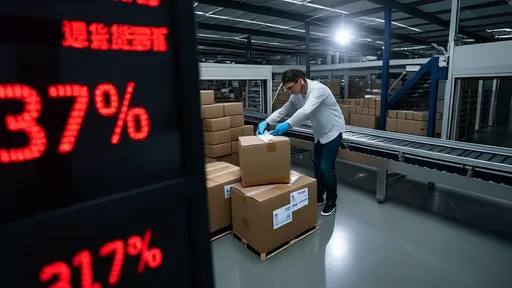
By /Aug 21, 2025